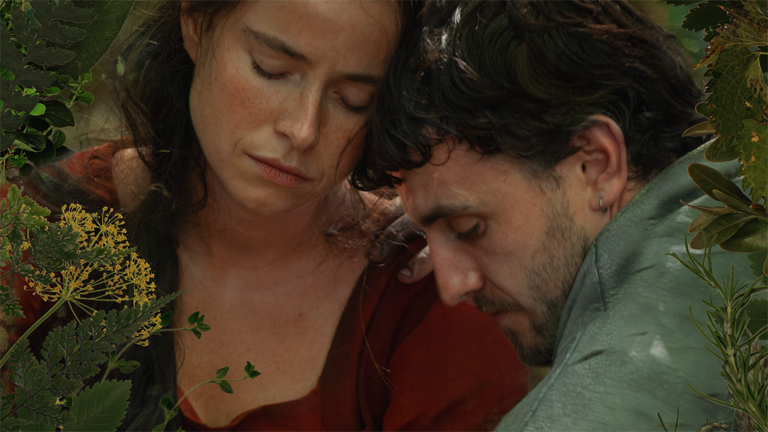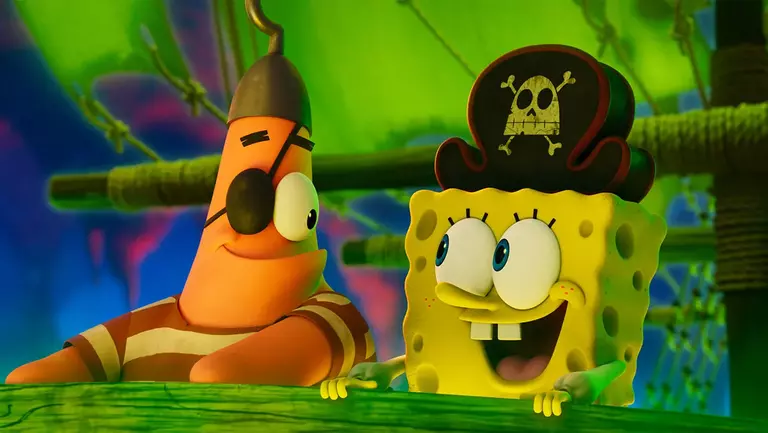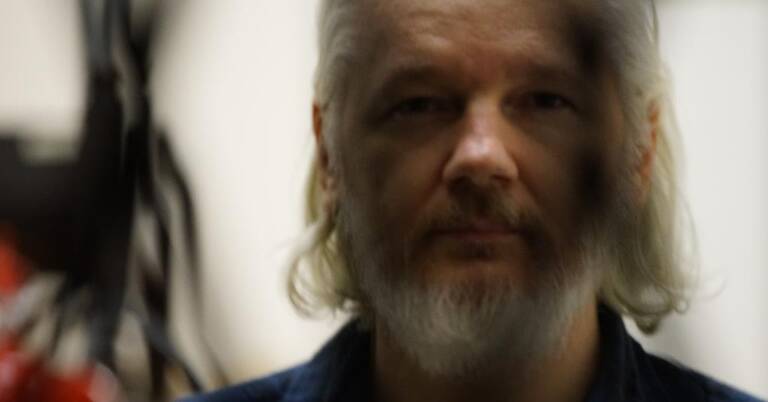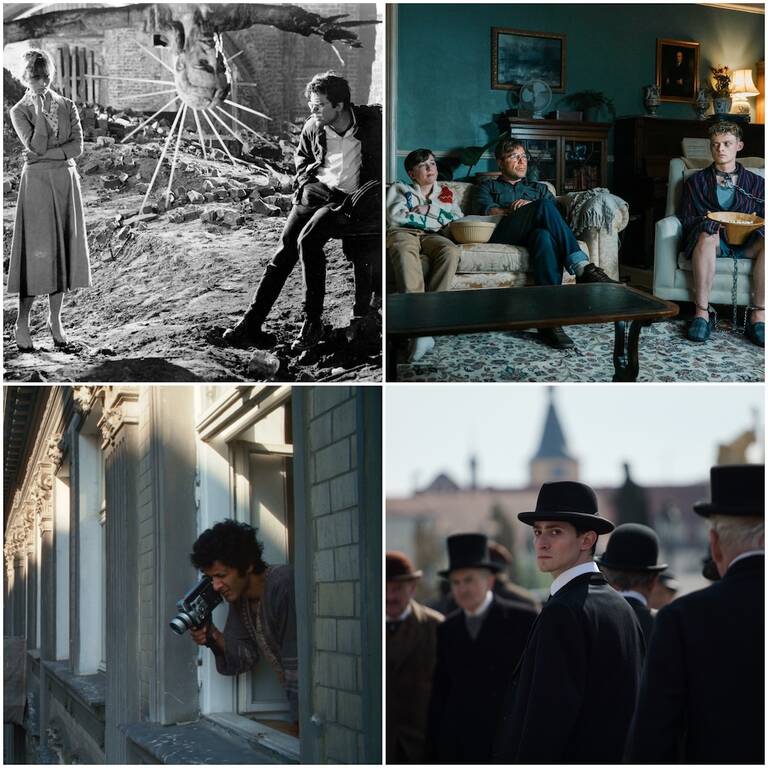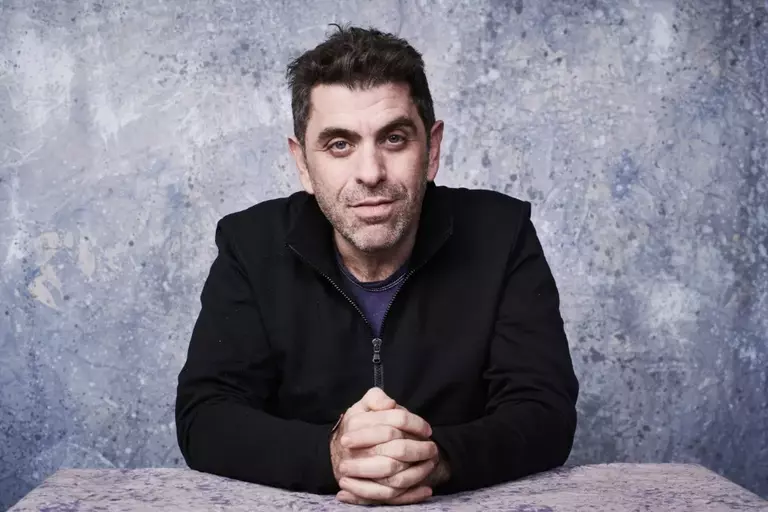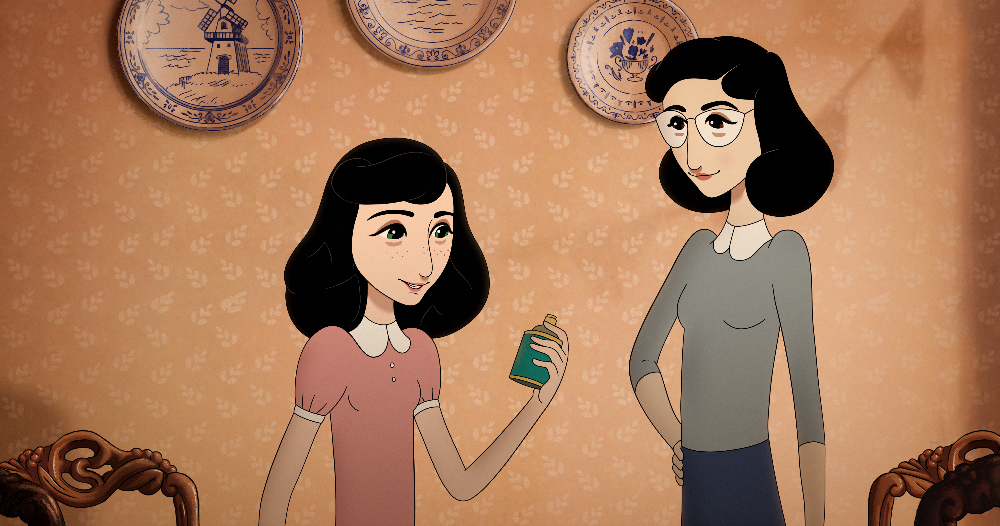
Cast: Emily Carey (voice), Ruby Stokes (voice)
Review by Carol Allen
Anne and all of her family apart from her father Otto were murdered by the Nazis. Her diary survived and became a world wide best seller.
Ari Folman’s animated film is a brilliant and original way of introducing the story to a new generation and a beautiful piece of film making for older people, who perhaps like me first read Anne’s story when they too were 14 years old.
The premise of the story is that Kitty, the imaginary friend Anne was talking to in her writing, emerges in the near future from the pages of the diary, which is now in the Anne Frank Museum in Amsterdam and sets out to find Anne, whom she believes is still alive. Part of the narrative deals with Kitty’s search in what is in the strangely foreign world in which we live. Part of it is re-creation of scenes from Anne’s diary.
The animation itself, like that in Folman’s earlier film Waltz with Bashir is both beautiful and compelling. The characters with their expressive eyes are fully alive in their world, the story is engrossing and the drawing of Amsterdam itself, captured in the chill of a frozen winter, is gorgeous.
It is very much a story of youth and young people. Anne in the past, Kitty in the present. The conceit of the story is that Kitty is invisible while inside the museum but once outside, provided she is carrying the actual diary, she can be seen and can interact with other people and things.
Kitty is befriended by a boy named Peter, the same name as Anne’s boyfriend in the attic hiding place, and he introduces her to his peer group of young refugees, who are also being menaced by authority. The presentation of the Nazis as menacing and chilling black cloaked figures with skull like faces is sometimes equated with the bullying authority figures that the refugee children encounter. The emphasis is on young people whose future is threatened – in Anne’s case by the Nazis, in the case of the refugees by our present day society.
This is a delightful and moving animated fable of substance.

